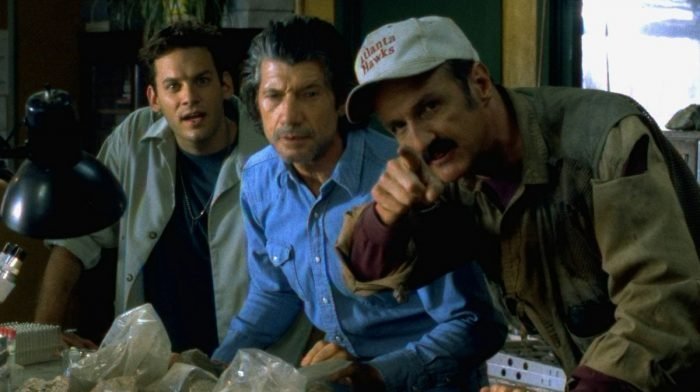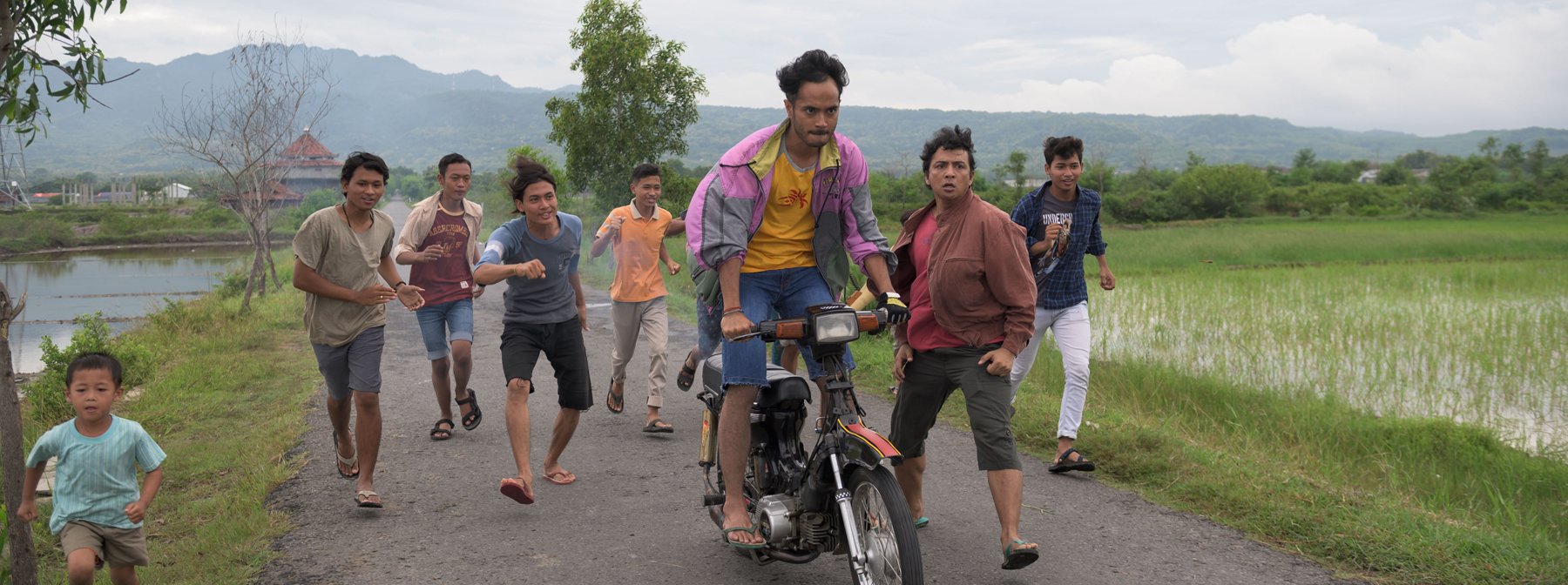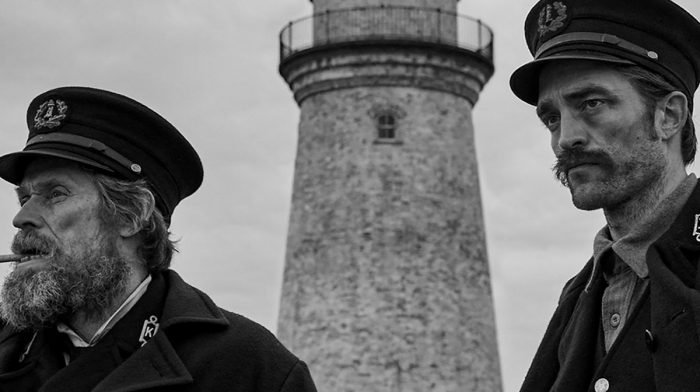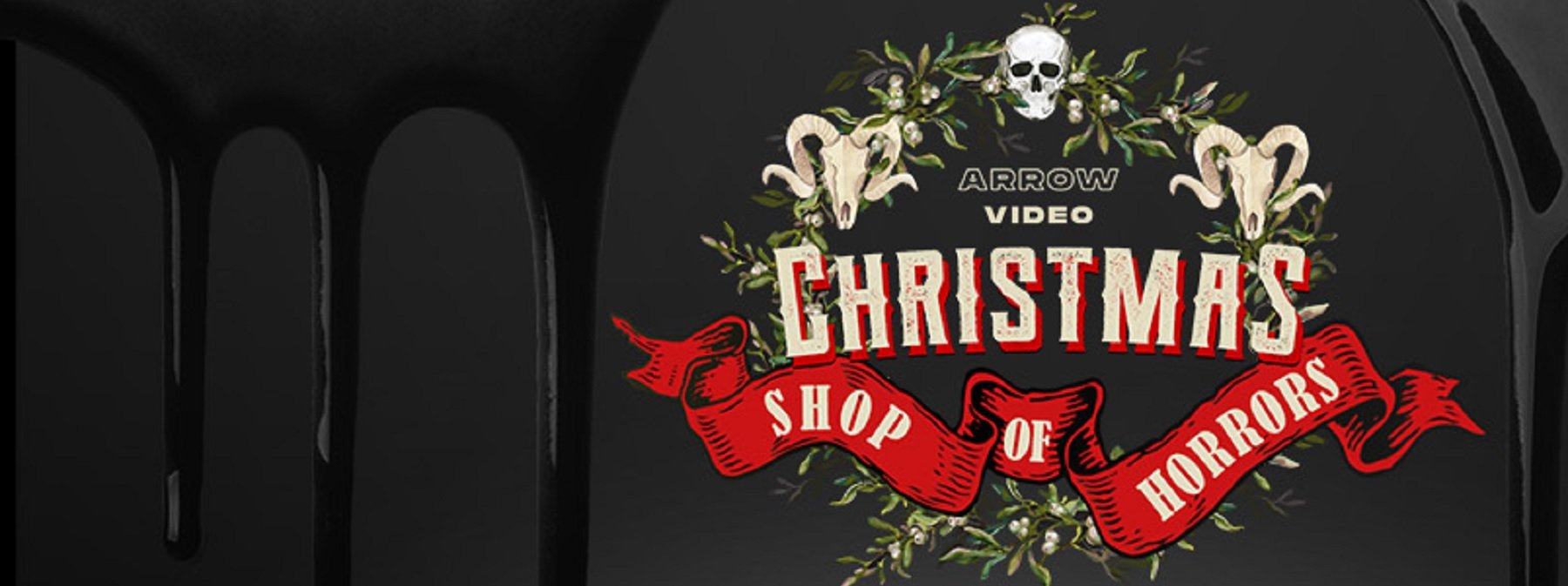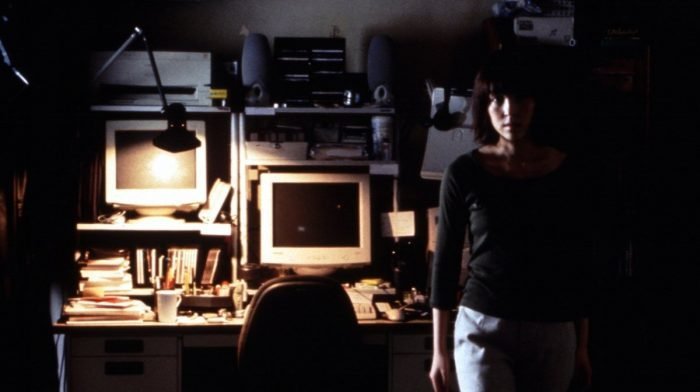Filmmaker Robert Rodriguez once said, we rewatch a film for moments. It’s an idea that, personally, has always struck a chord. In the same way, our lives are a collection of memories, so too do films become fragmented pieces.
First seeing Dario Argento’s, The Bird with the Crystal Plumage (1970), I was entranced by the struggle amidst the white décor of the art gallery, especially the way it alternates between sound and silence. Meanwhile, the whiteness contrasts with the street under the cover of darkness, as well as the bright colours of the director’s later films. In the scene, the film’s protagonist, American author Sam Dalmas (Tony Musante) is walking back to his apartment. He witnesses Monica Ranieri (Eva Renzi) in a violent struggle with a man in a black raincoat. Intervening, his good intentions are rewarded by a police interrogation. Released, but with his passport confiscated, his plans to return to America with his girlfriend, Julia (Suzy Kendall), are delayed.
This aesthetically arresting scene, imperative to the film’s mystery, is about looking. Argento exploits assumptions – what his protagonist and the audience think they’ve seen. The film’s conclusion even positions sight as a traumatising trigger. The Bird with the Crystal Plumage is a playful voyeuristic film that relates to other films on the subject: Michael Powell’s Peeping Tom (1960), Alfred Hitchcock’s Rear Window (1954) and Psycho (1960), Michelangelo Antonioni’s Blow-Up (1966), and Francis Ford Coppola’s The Conversation (1974).
To take it one step further, discussing voyeurism in The Bird with the Crystal Plumage and drawing comparisons to these films, reveals a single scene that has influenced Argento’s visual aesthetic, especially his voyeuristic style.
The danger of looking
The Bird with the Crystal Plumage’s Dalmas, Rear Window’s L.B. “Jeff” Jeffries (James Stewart), the photographer with a broken leg, and Blow-Up’s photographer, Thomas (David Hemmings), all share something in common. They experience the same incendiary spark for the action of their respective stories – the premise of being in the wrong place, at the wrong time, and seeing something they were not supposed to.
From attempted murder in The Bird with the Crystal Plumage, to the suspicion of foul play in Rear Window and Blow-Up, the trio are cast as the unfortunate heroes, thrust into mysteries they obsess over. Dalmas and Thomas even share an eerie similarity, obsessed by people in a painting and photograph respectively.
Whereas it’s something these protagonists see, Coppola’s The Conversation, a masterpiece of voyeuristic cinema, offers a wrinkle. Surveillance expert Harry Caul (Gene Hackman) hears something on a job that triggers his paranoia that his assignment will lead to the murder of the couple he’s surveilling. Similar to Argento’s playfulness at the beginning of The Bird with the Crystal Plumage, Coppola toys with what his character thinks he has heard. Whereas Sam is trying to solve a serial murder case, Caul is trying to prevent a murder. Unlike these other films, voyeurism is not only emphasised as the act of looking in The Conversation, but the act of listening in on the lives of others. During his investigation, like the aforementioned protagonists, Caul sees things he shouldn’t, but his incendiary moment is hearing something he was not supposed to.
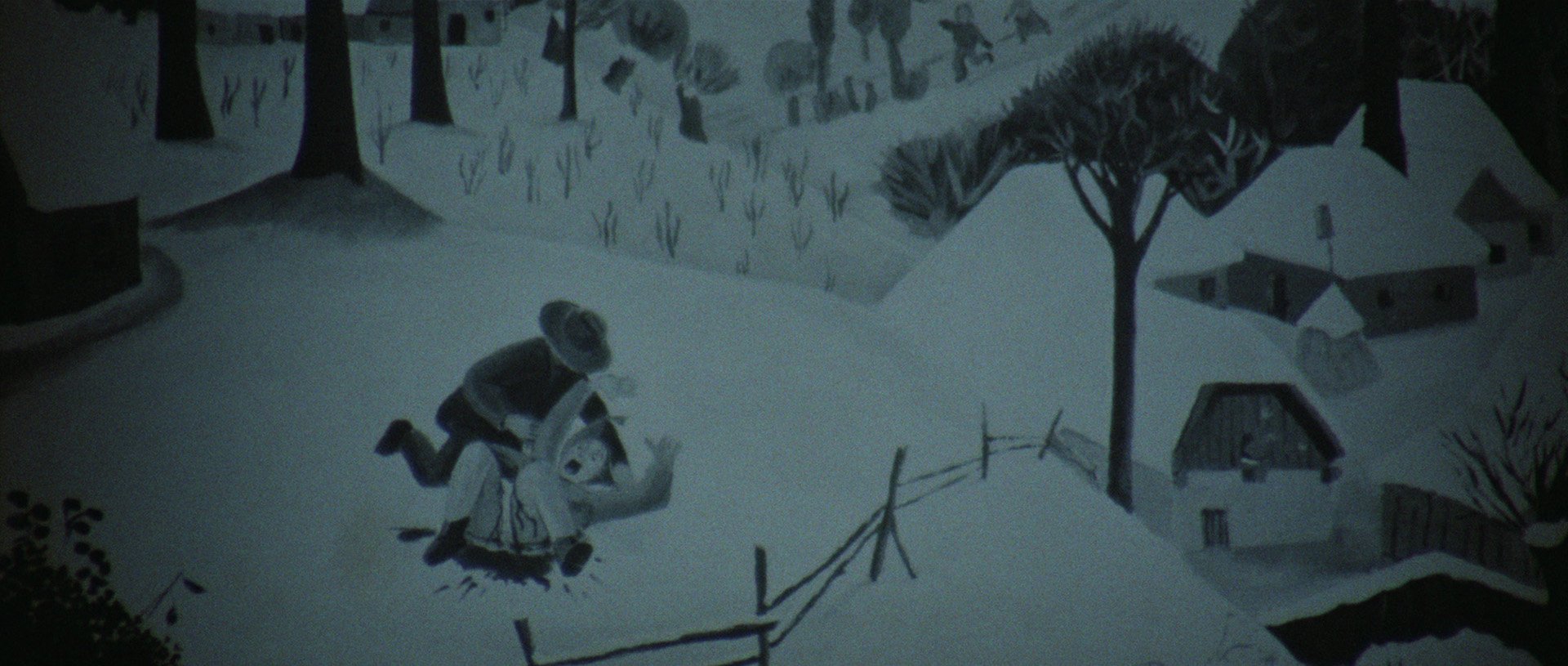
A picture paints a thousand screams.
Voyeuristic layers
The definition of “voyeurism” has been broadened, no longer exclusively describing the act of secretly watching people undress or engage in sexual activity. Nor is it only the act of watching people in their private spaces. It can be the more general act of people watching in public, or looking in a way that reveals something. Unlike Rear Window, a classic of cinematic voyeurism with a plot centred on gazing into people’s homes, The Bird with the Crystal Plumage’s expression of voyeuristic actions is more diverse.
The film opens with a woman, the third victim, being followed and photographed by an unknown person. In a later scene, the fourth victim is followed, walking home through the park. We are led to believe we’re watching her from the killer’s point-of-view, until Argento has the killer step forward, his arm visible at the edge of the frame. Inside her apartment, she undresses and lays down on the bed to smoke a cigarette. The killer appears in the doorway, charges at her and cuts the straps of her garments. Then a slash of the knife and a splash of blood across the pillow signal the fatal climax. A deliberate attention is given to the detailed actions, emphasising the escalating and empowering violence of the killer, at the expense of the woman’s vulnerability.
Being playful with the idea of the voyeuristic gaze, when Sam and Julia look through newspaper clippings about the serial murders, Argento intercuts graphic crime scene photographs. There’s something about the lifelessness of the victim in these images that feels voyeuristic, like the murder of the fourth victim, an intrusion upon their dignity. This construction of The Bird with the Crystal Plumage’s visual language by Argento, his cinematographer, Vittorio Storaro, and editor, Franco Fraticelli, echoes Powell and Hitchcock’s approach to creating voyeuristic layers.
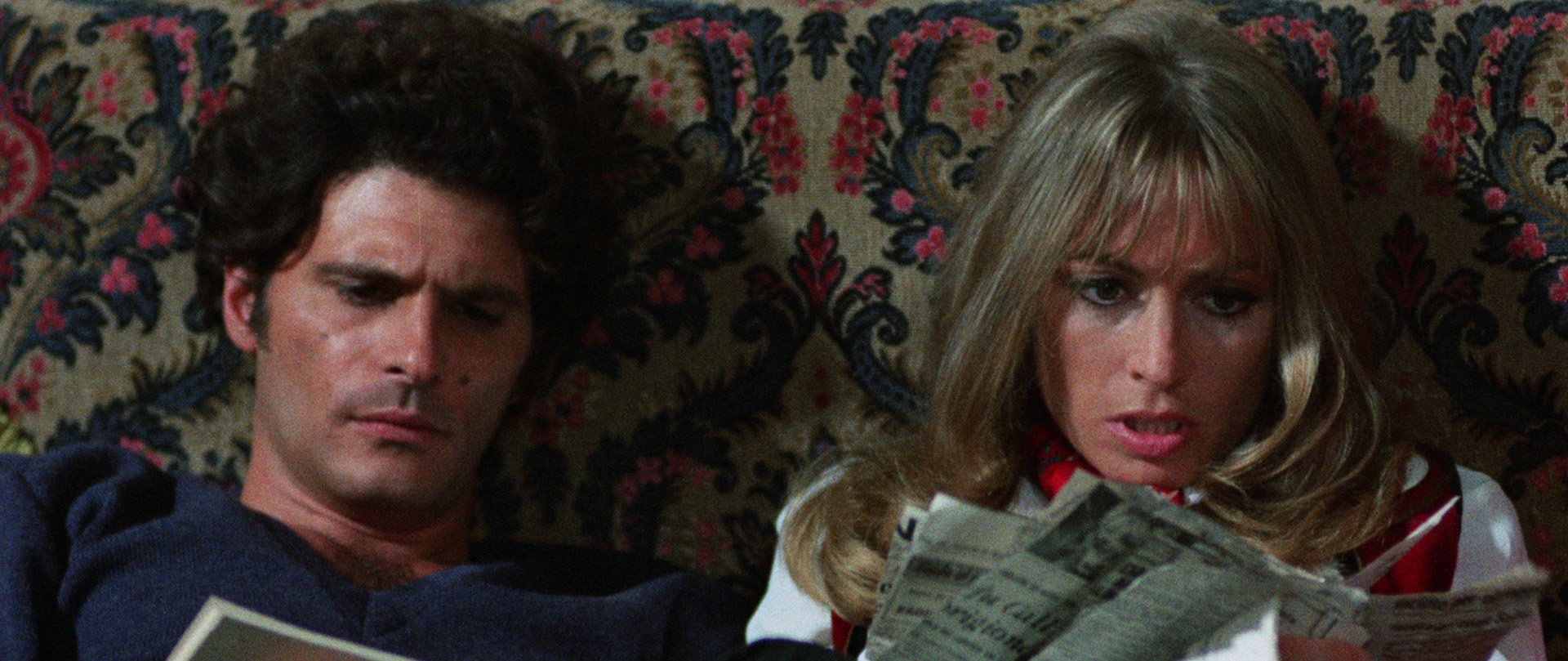
Tabloid gossip. Sam (Tony Musante) and Julia (Suzy Kendall) read up on the murders.
The frame within the frame
Argento, Powell and Hitchcock all use the camera frame within the film frame – The Bird with the Crystal Plumage’s opening scene, Peeping Tom’s signature murder of the prostitute through the point-of-view of Mark Lewis’ (Carl Boehm) camera, and Jeff using his camera to spy on his neighbour, who he suspects of murder. The next layer is the filmmaker as a voyeur – watching Sam obsessively try to solve the mystery, and in one scene we watch him undress and get into bed with Julia. Powell watches Lewis stage a murder with an unsuspecting stand-in, after-hours in the film studio. Meanwhile, inside Jeff’s apartment, Hitchcock follows his voyeuristic gaze and watches as Jeff, his girlfriend Lisa Carol Fremont (Grace Kelly), and nurse Stella (Thelma Ritter), plot to find out whether the neighbour murdered his wife.
If Argento and his peers are active voyeurs through the camera lens, then the film’s audience is implicit in the act. The filmmakers allow the audience to watch characters behaving with an intention of privacy, which defines the films as implicitly creating intrusive experiences for the audience. Private space in cinema, however, is an illusion. While the characters are not conscious of being watched, the actors are performing, and the filmmakers are capturing something contrived. Cinema is, therefore, as much about exhibitionism as it is voyeurism, depending on the context within its multiple frames or layers.
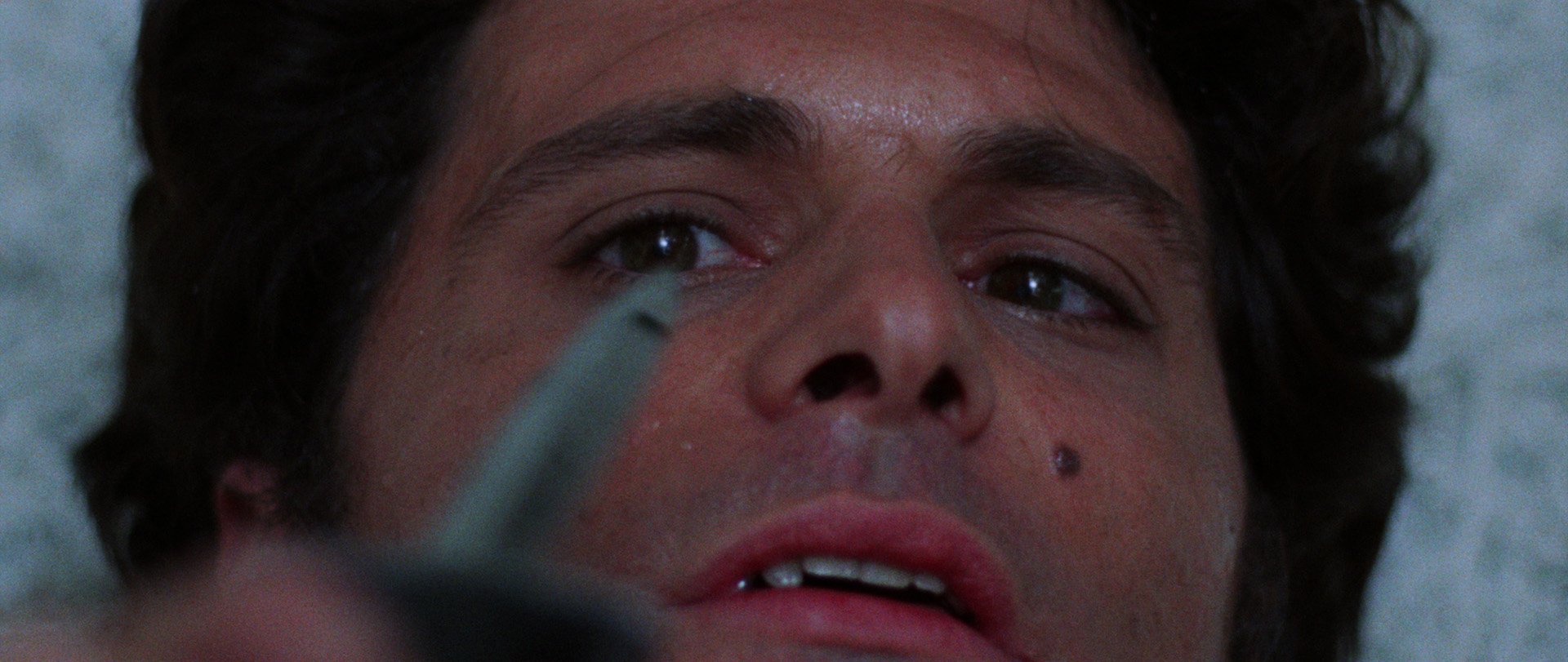
Sam get the point.
Voyeuristic illusion
The energy of Argento’s hand-held cinematography, combined with the layers of voyeurism, including the point-of-view, creates an impression of a voyeuristic aesthetic. Without looking at the construct, it’s easy to identify it as being more so than it actually is. This is a playful illusion Argento is able to create through the hyperactivity he imposes on his films, between cinematography and editing, but it’s a reminder of one of cinema’s famous moments – Psycho’s shower scene.
The frequent cuts employed by Hitchcock, a staggering fifty-two edits in less than a minute, gave the scene’s visuals a violent intensity. The scene feels voyeuristic, but there’s a little trickery at play – shots are framed to inauthentically mimic the victim or the killer’s point-of-view but are more suggestive. The rapid editing contributes to this impression of intimacy and the voyeuristic gaze. The chaotic violence of the edited images temporarily humanises the camera’s gaze, something that Argento spiritually appropriated and has created an instinctive, somewhat unexplainable voyeuristic illusion.


